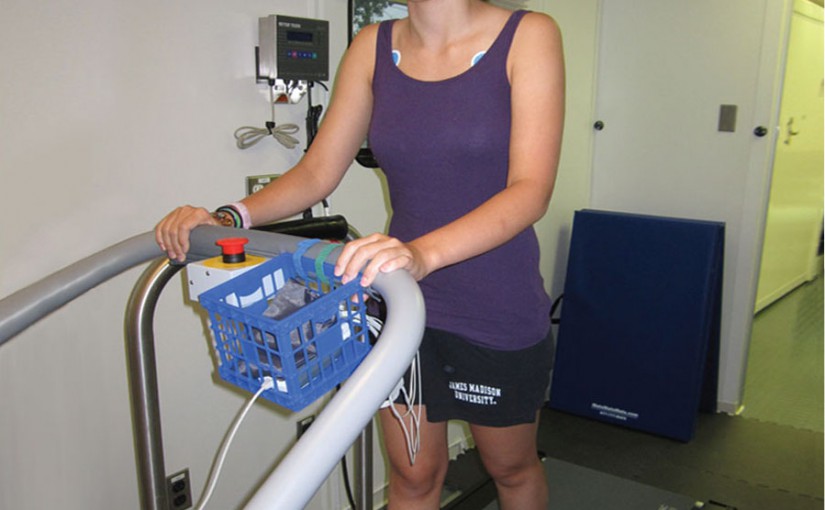Category: obesity
Latest Obesity Trends Offer Mixed Picture
Obesity among preschoolers ages 2 to 5 dropped from approximately 14% in 2003-04 to 8.4% in 2011-12, according to new research in the February 26 edition of the Journal of the American Medical Association. However, there was no change in obesity prevalence for all children and adolescents between 2 and 19 years of age – Read More >
Posted on byNew Survey Measures the Fitness of America’s Youth

The NHANES National Youth Fitness Survey (NYFS), conducted as a separate survey alongside the National Health and Nutrition Examination Survey (NHANES), is receiving an enthusiastic response from its young participants. For the NYFS team in the Division of Health and Nutrition Examination Surveys, attaining good response rates is critical to the program’s success. The NYFS, funded Read More >
Posted on byIn the News
Consumer Reports Cites NHANES Research in Articles on Arsenic in Food, Juice An in-depth report in the November 2012 issue of Consumer Reports relies extensively on data collected by the National Health and Nutrition Examination Survey (NHANES). The report, “Arsenic in your food,” exposes the presence of arsenic, a potent human carcinogen, in nearly every food product category—particularly rice and rice-based Read More >
Posted on by
